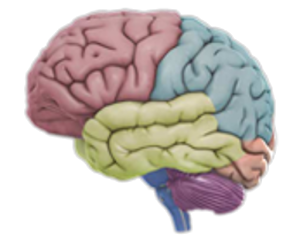Last month, the American College of Cardiology and the American Heart Association released a new guideline for the prevention, detection, evaluation and management of high blood pressure in adults. This is the first comprehensive update since 2003.
The most important points for the public are new thresholds for starting treatment with medications, and new levels for the definition of hypertension, lower than in the past. Greater emphasis was placed on treatment beyond medication, including diet and physical activity.
The main areas of emphasis are as follows:
- Accuracy of blood pressure measurement, both in the physician’s office and at home. In particular, home blood pressures are now more greatly emphasized.
- A new system of classifying blood pressure. Systolic pressure (upper number) of over 120 is now considered elevated, and over 130 considered hypertension.
- Decisions regarding treatment are now taking into consideration a person’s risk for developing heart attack and stroke. This can be calculated.
- The targets for treatment have now been lowered for people of all ages.
- Lifestyle modifications include advice to lose weight, follow a DASH-pattern diet, reduce sodium and increase potassium intake, and increase physical activity to a minimum of 30 minutes of exercise three times per week.
Adoption of this guideline will change our approach to stroke prevention, reaching for the new lower blood pressure targets.
For more information, visit the website of the American Heart Association
https://www.heart.org/HEARTORG/Conditions/HighBloodPressure/High-Blood-Pressure-or-Hypertension_UCM_002020_SubHomePage.jsp
